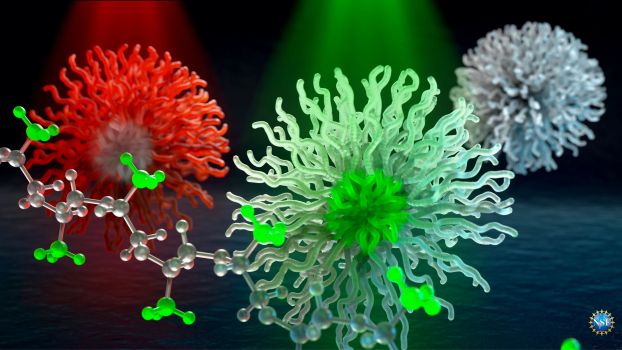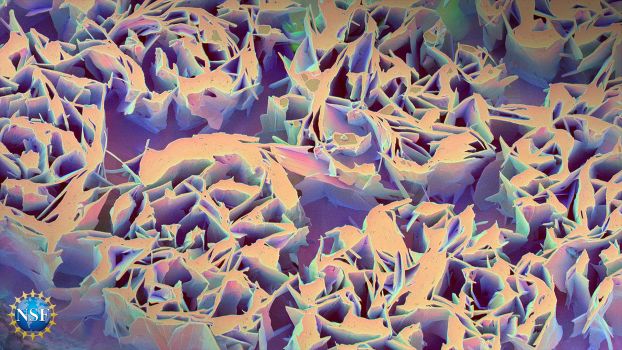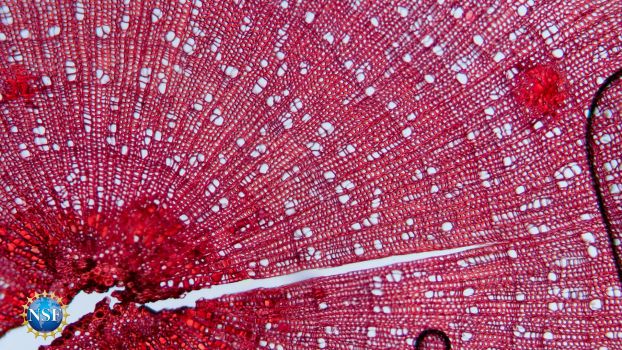
Credit: Image courtesy of Daniel Ackerman
Credit: Northwestern University
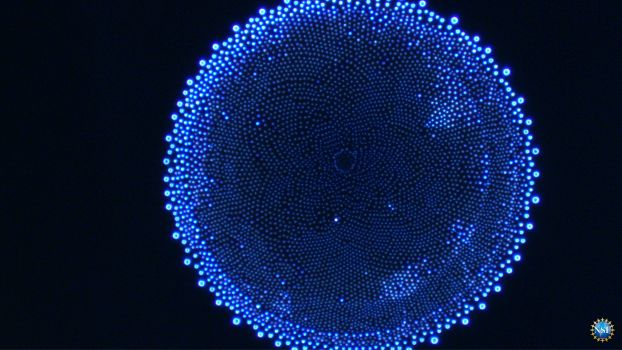
Credit: Devin K. Brown, Institute for Electronics and Nanotechnology, Georgia Institute of Technology
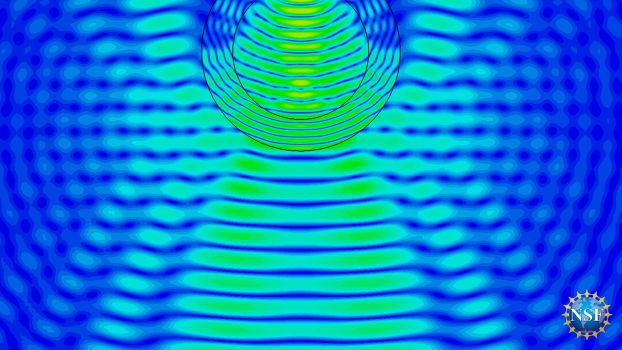
Credit: Faith Scott, National MagLab
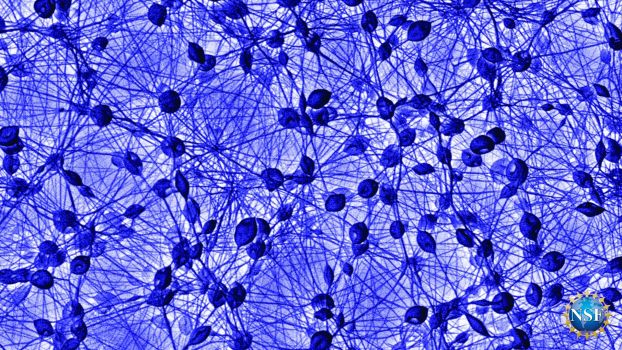
Credit: Peter Coneski, Jessica Nash and Mark Schoenfisch
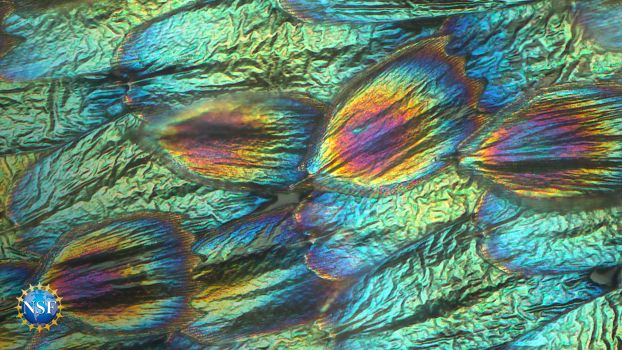
Credit: Rachel Thayer
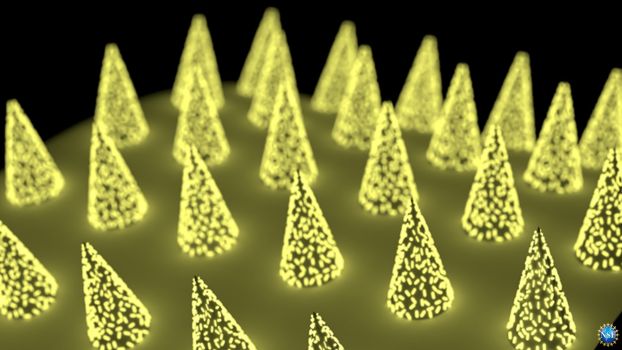
Credit: Sisi Cao
Credit: Xiaolong Zhu, New York University
Credit: Xiaolong Zhu, New York University
Credit: Xiaolong Zhu, New York University

Credit: Xiaolong Zhu, New York University
Credit: Xiaolong Zhu, New York University
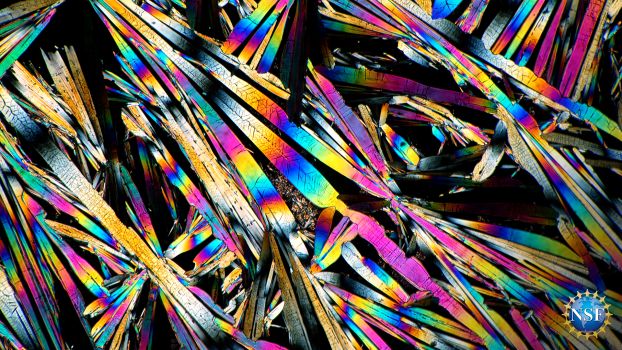
Credit: John Freudenthal and Alexander Shtukenberg, New York University
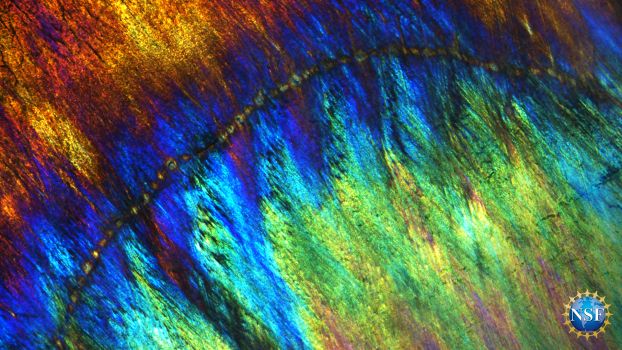
Credit: Shulei Zhao
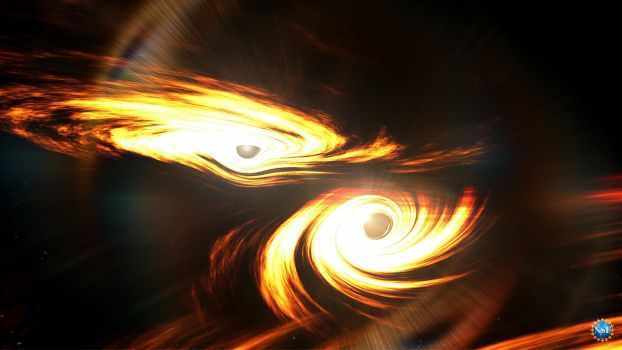
Credit: Mark Myers, ARC Centre of Excellence for GravitationalWave Discovery (OzGrav)/Swinburne University
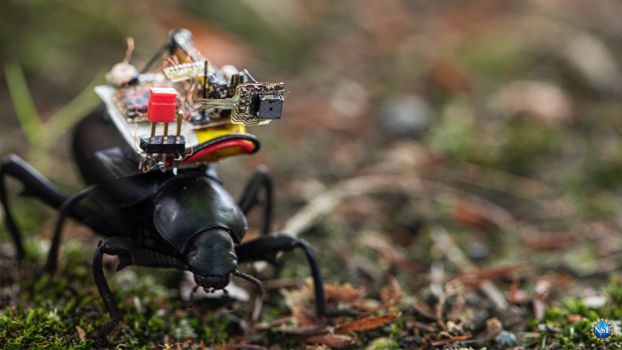
Credit: Mark Stone/University of Washington
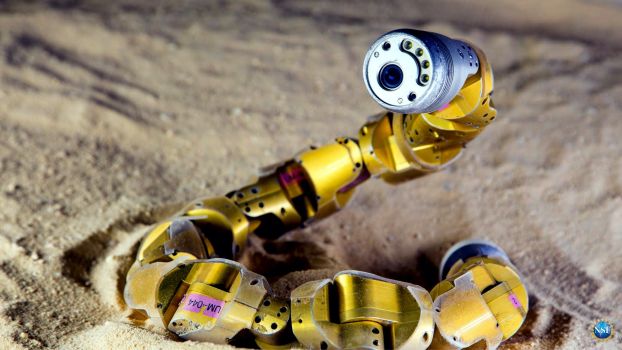
Credit: College of Engineering, Carnegie Mellon University
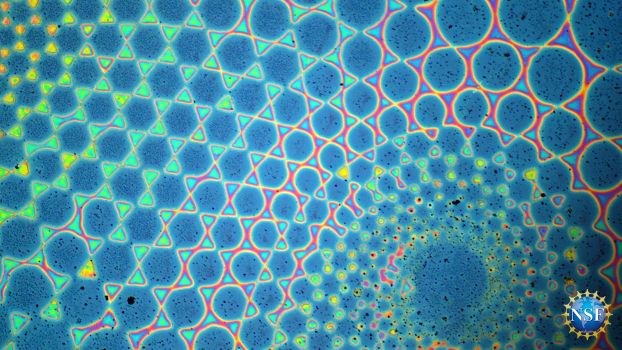
Credit: Christian Pester, UC-Santa Barbara
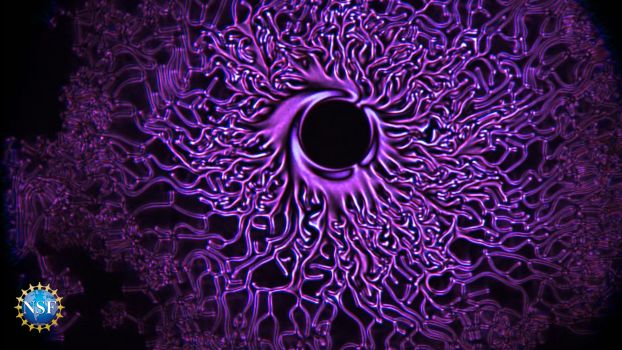
Credit: Wei-Shao Wei, Arjun G. Yodh, and Felice Macera, Department of Physics and Astronomy & LRSM, University of Pennsylvania
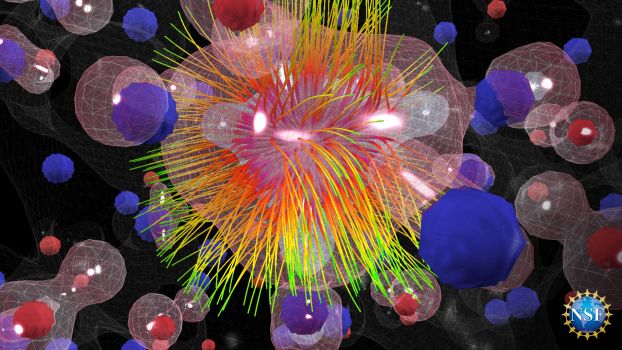
Credit: Professor Chris Van de Walle, Dr. Anderson Janotti, Solid State Lighting and Energy, University of California, Santa Barbara (UCSB); Professor JoAnn Kuchera-Morin, Lance Putnam and Basak Alper, Media Arts and Technology, UCSB

Credit: David Hocking, Monash University
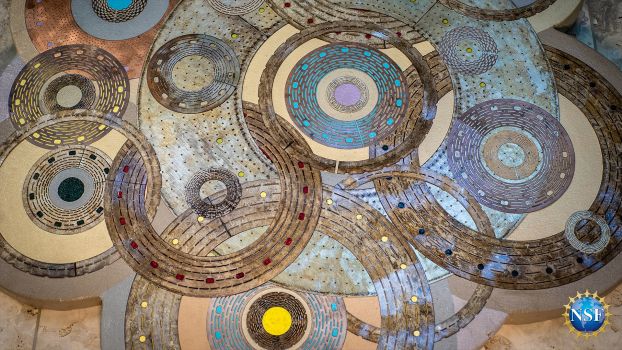
Credit: Stephen Bilenky
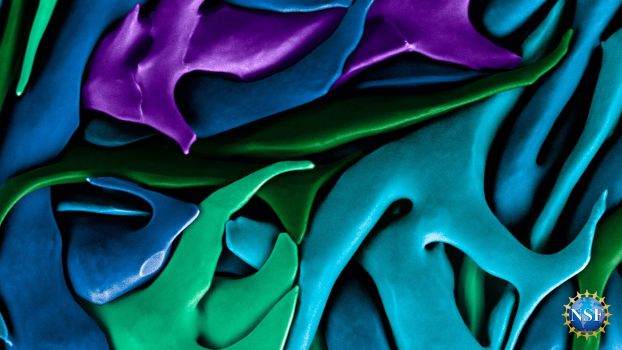
Credit: Pupa U.P.A. Gilbert and Christopher E. Killian
Credit: Courtesy of Cheng, Physics Department, University of Chicago
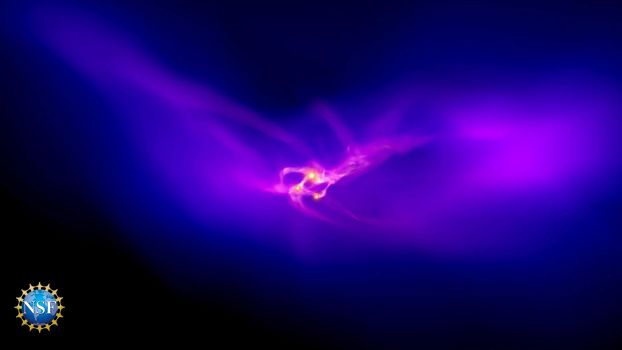
Credit: Advanced Visualization Lab, National Center for Supercomputing Applications
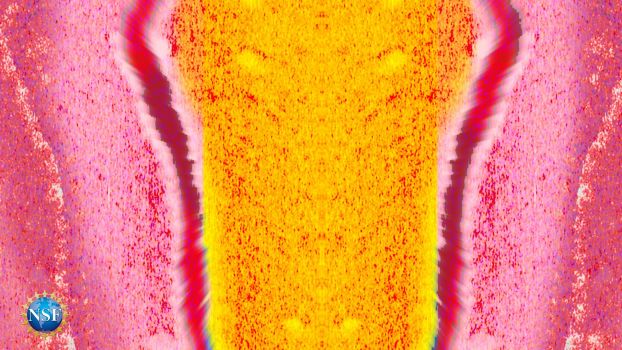
Credit: Jaya G. Yodh Ph.D., teaching assistant professor, medical education facilitator, Carle Illinois College of Medicine; research assistant professor, Department of Physics, NSF Center for the Physics of Living Cells, University of Illinois at Urbana-Champaign
Credit: Jeffrey Heer, Computer Science Division, University of California at Berkeley
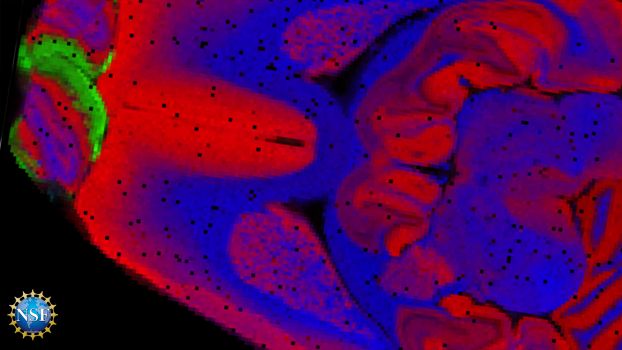
Credit: Don Smith, National MagLab
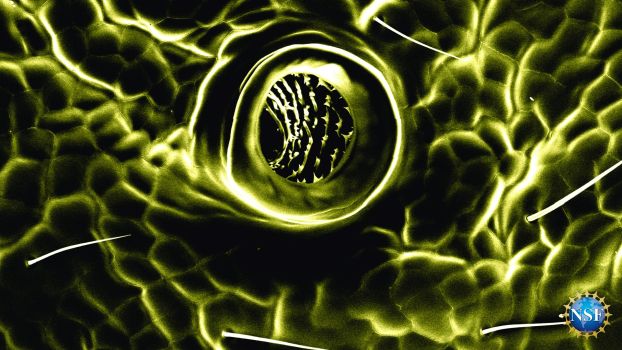
Credit: Adam Shields
Credit: Ye Group and Steven Burrows/JILA
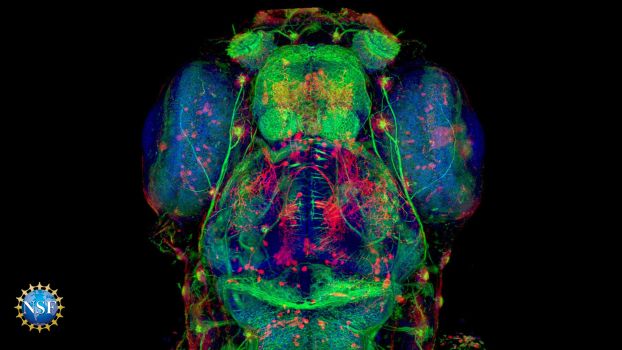
Credit: HHMI Janelia Research Campus
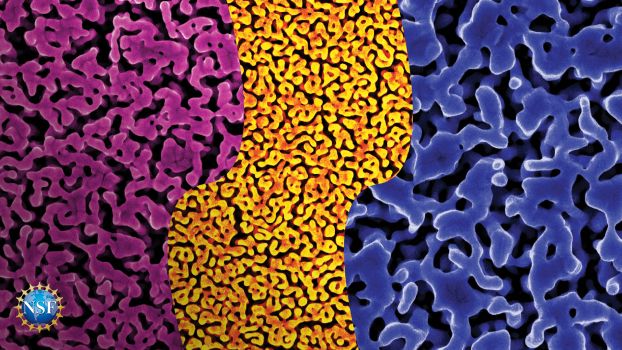
Credit: Erkin Şeker, UC Davis
Credit: Oleg Lavrentovich, Liquid Crystal Institute, Kent State University
Credit: Frances Allen, Rachel Thayer and Nipam Patel, Biomolecular Nanotechnology Center/qb3, UC Berkeley
Credit: Ella Maru Studio and Yoon Seok Kim/Jia Liu, Deisseroth/Bao laboratories, Stanford University
Credit: P. Roushan\Martinis lab\UC Santa Barbara
Credit: Microscopy image by Rosalyn Price-Waldman and Klara Nordén, Department of Ecology and Evolutionary Biology, Princeton University



